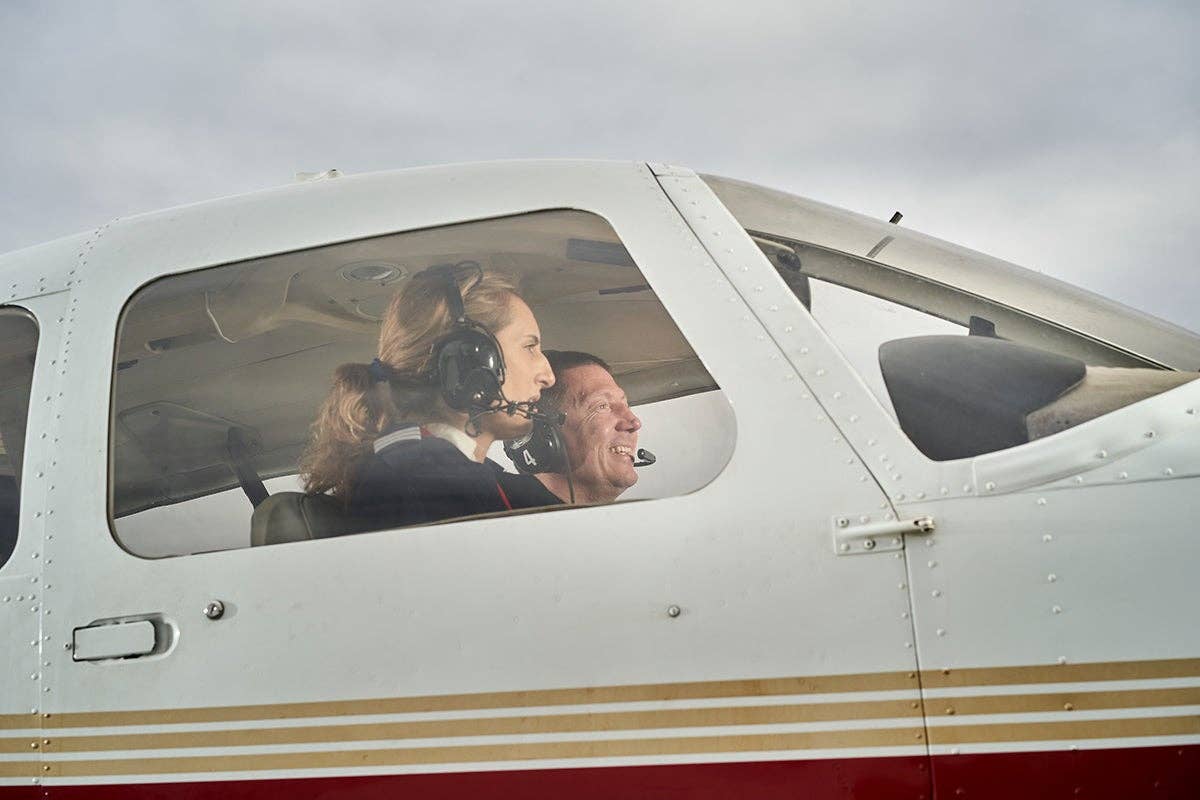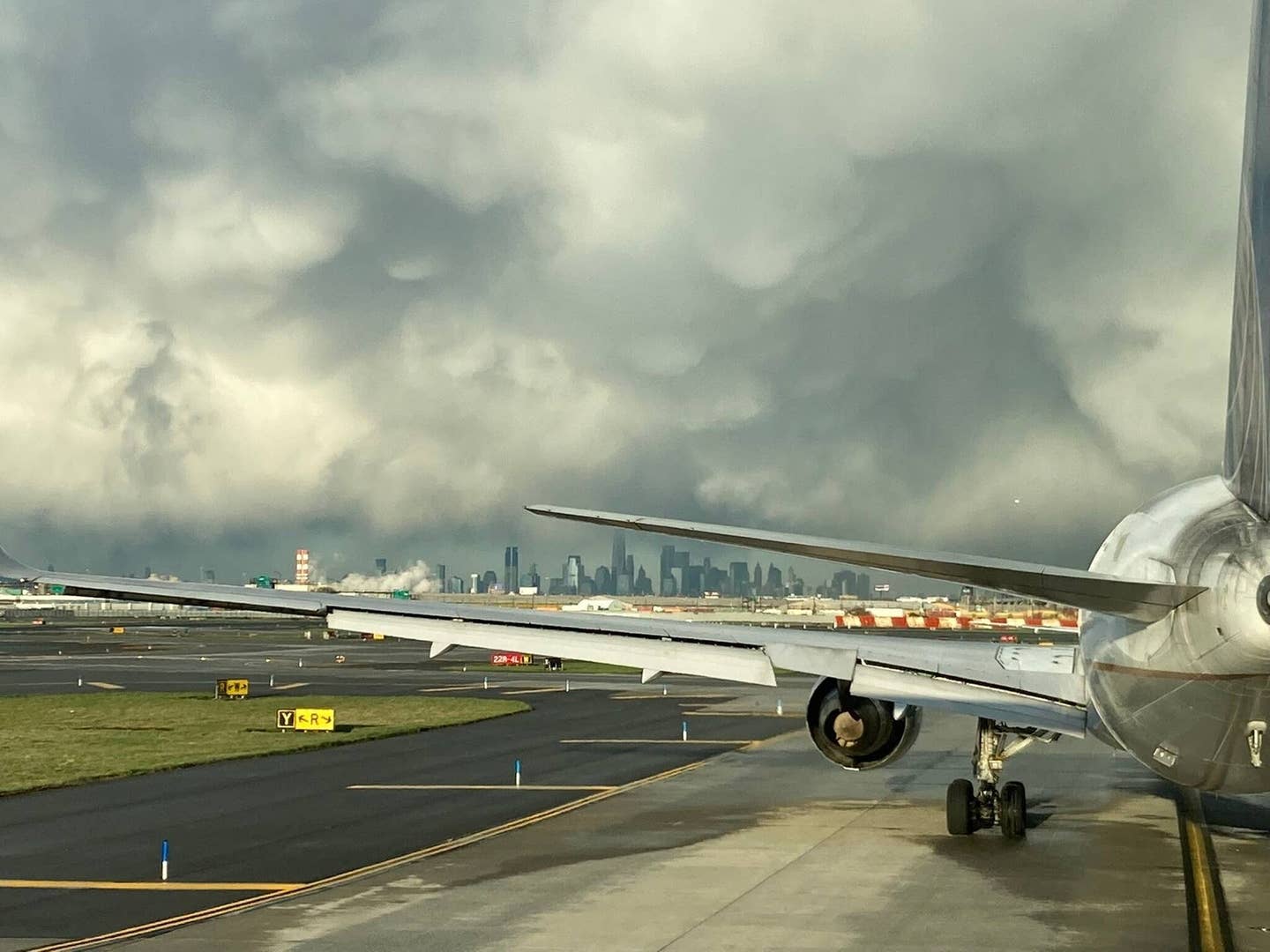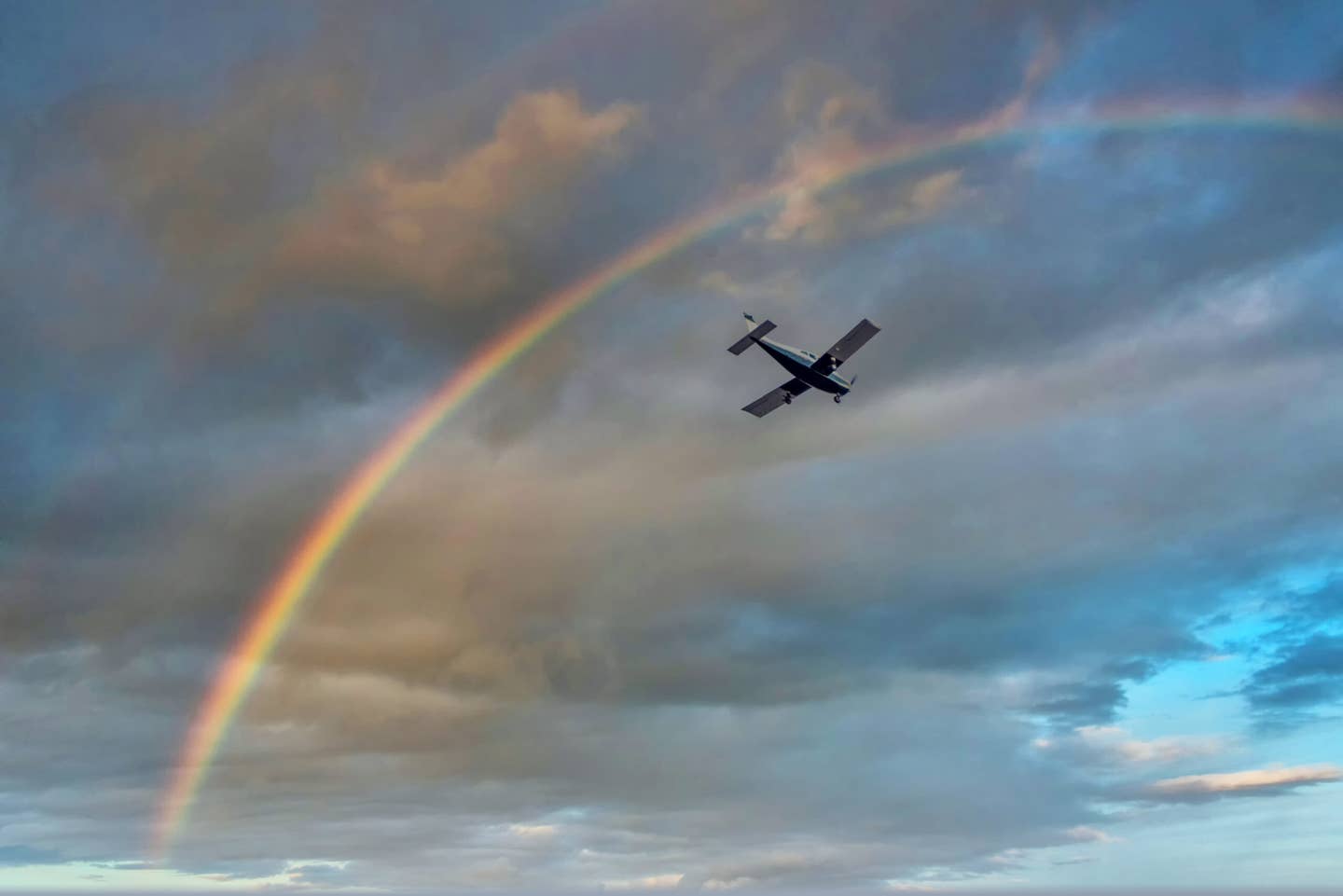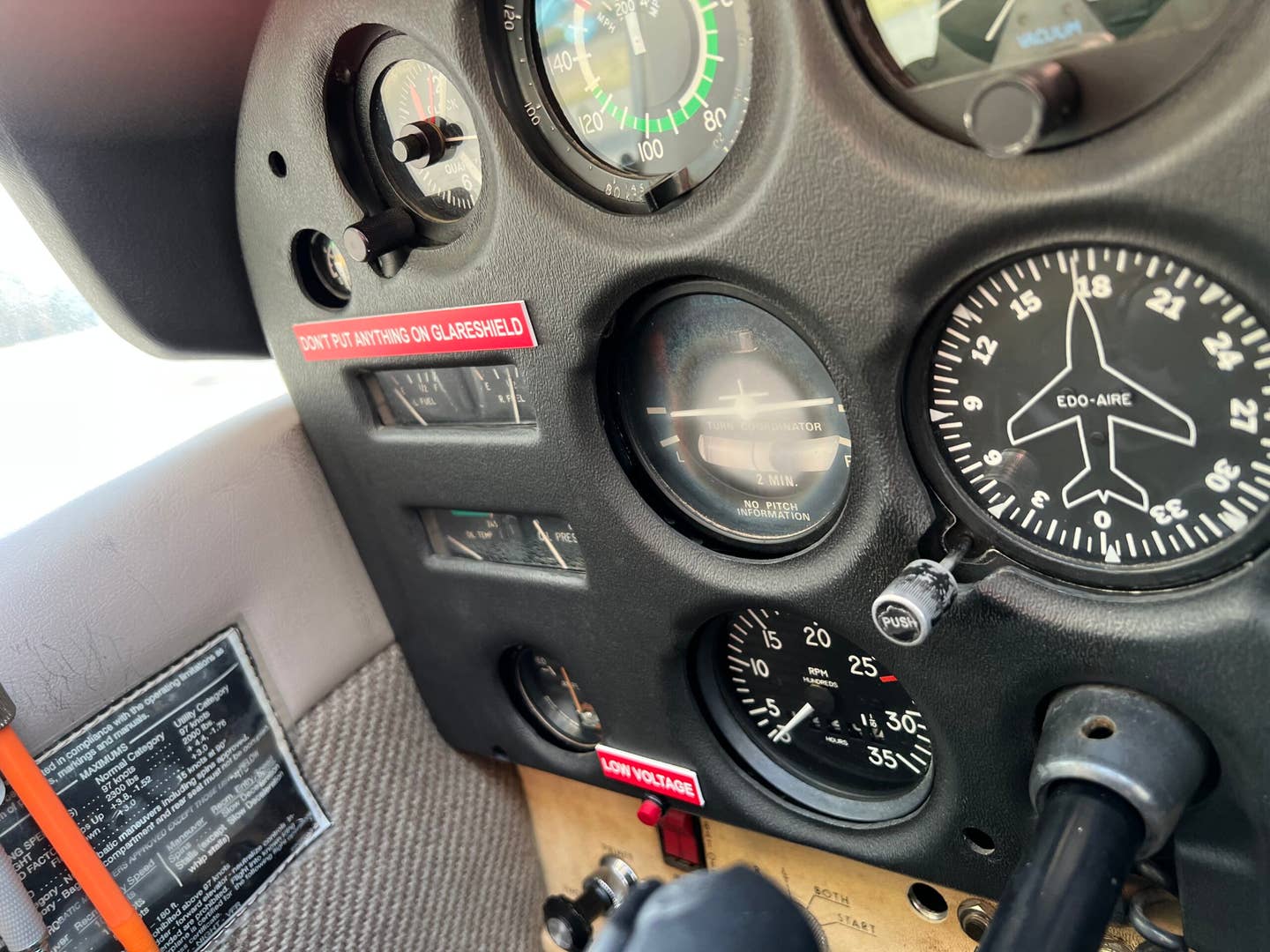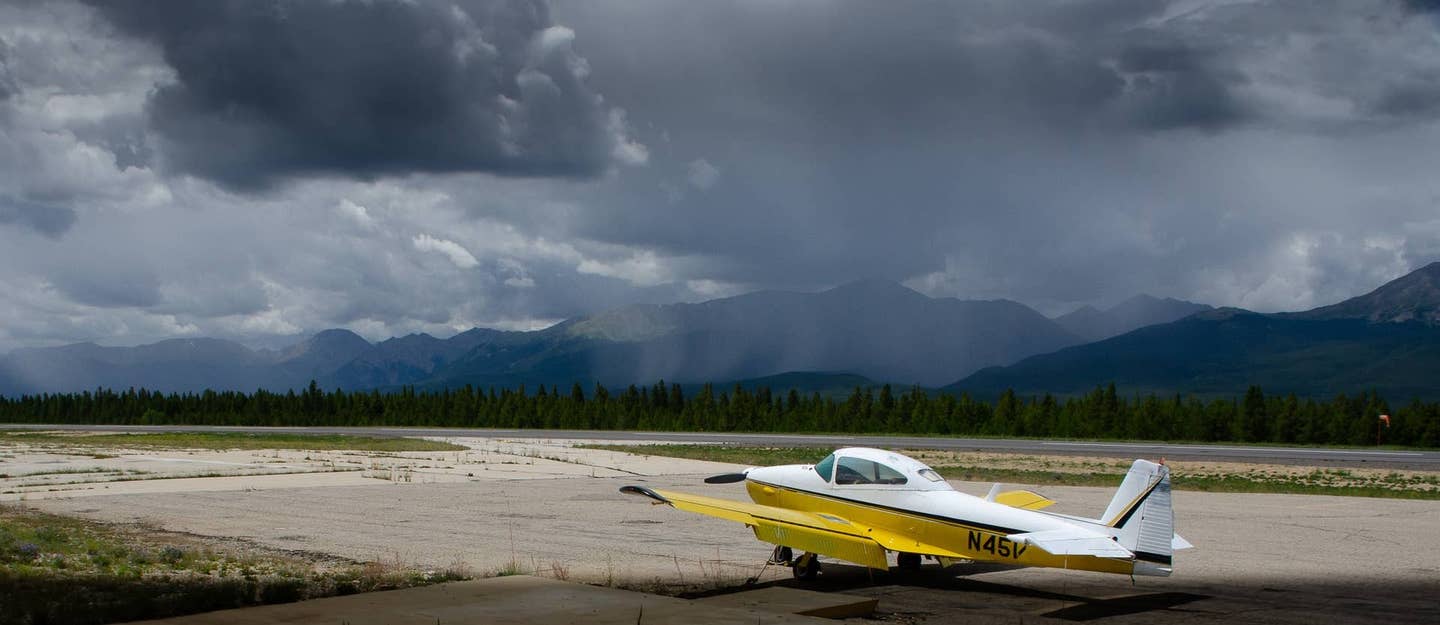
(May 2011) I HAD COMMUTED INTO JFK from my home in Florida with plenty of time to spare before my late evening trip to São Paulo. As I opened the door to Operations and walked past the revision room, Rocco Zavaglia was engaged in the mundane chore of wrestling Jeppesen paper in and out of a three-ring binder. He looked up, grinned and offered a greeting. Rocco would be my relief pilot — the third crew member for the trip.
I stopped by the crew mailbox room anticipating that after eight days away from work I would also have to participate in the revision ritual. I was right. My mail slot was stacked. Gray, blue, orange and tan packets filled the space. Not one geographic division was absent. Europe, South America, Domestic and the Far East all needed my attention. I sighed. The sampling of the airport’s fine dining would be delayed. I opened my flight kit bag and removed most of the contents, depositing the Jepp binders on a tabletop.
Once my administrative duties were complete and my appetite satisfied, I treated myself to some tasteless vending machine cookies while catching up with CNN in the TV lounge. Unfortunately, I had one problem.
For some inexplicable reason, I had it in my head that departure time was an hour later than reality. Rocco was first to notice the error of my ways. My casual T-shirt attire and reclined position was a good clue.
Approximately an hour and five minutes prior to departure, both Rocco and my copilot, Tom Walman, approached the lounge chair that I was anchored to. A U.N. ambassador could not have equaled their diplomacy. Incredulous at my own inattentiveness, I sprung into action and rushed to the nearest computer. I typed the entries for our flight plan information onto the keyboard.
While the printer began to tap away, I reviewed the WSI satellite weather picture for our flight into South America. Tom had done the same, confirming that I had noticed the good news/bad news story. The good news: South America had very few convective weather issues. The bad news: The northern Caribbean routes, the initial part of the trip, contained an organized system of thunderstorms. Dispatch appeared to be launching us at an altitude that would be most affected.
Validating Tom’s well-founded concern, I directed him to call our dispatcher. Tom reacted with a hint of surprise. Customarily the call is the captain’s prerogative, but delegation is an important ingredient to leadership. Besides, I couldn’t think of anyone more competent to make the call than an experienced copilot. In any case, the end result was that our dispatcher had more accurate information. The most serious portion of the weather was moving rapidly east away from our course.
With the flight plan review complete, I suggested that Tom and Rocco walk to the gate without me. Since we would be flying into the hours normally reserved for coyotes, I thought it best to take the edge off the beginnings of a 5 o’clock shadow. Brushing my teeth wouldn’t hurt either. Why frighten passengers unnecessarily?
Leaving me to the appropriate hygiene chores, Tom and Rocco dispersed toward the exit door. It was then that I realized the business of flying the airplane would be the easy part of the trip. When I reached the airplane itself, I would discover that my revelation was even closer to the truth.
The first crisis to manifest itself involved a dog. Yup, you read it correctly … a dog. Our airline policy does not allow pets in the cabin on international flights. One of our first-class passengers had marched down the jet bridge with a terrier-something on a leash. The gate agent had not noticed the animal until after she had scanned the boarding pass. Apparently a heated discussion ensued with the passenger claiming that the critter was a service dog and that the appropriate documentation had already been verified. Of course, the agent had 246 more people to board, so she left that battle for later. Unfortunately, that strategy put our flight attendants in an awkward position. Compliance with procedures needed to be determined.
Rather than having the agents expend time and energy tracking the legitimacy of the passenger’s claim through the computer and elsewhere, I thought a direct approach would be more productive. Introducing myself as the captain, I politely asked the passenger to explain his dog story. Although the passenger was noticeably agitated with the treatment he had received, he described the circumstances in a rational manner. Lucy was a bona fide service animal. The man was an epileptic. Lucy was trained to assist somehow during his seizures. The passenger produced various forms of documentation that appeared authentic. I was satisfied. Chalk another one off to the lack of departmental communication.
I apologized to the passenger on behalf of the airline and excused myself to attend to cockpit duties. As I passed the forward galley, I conferred with the purser — our head flight attendant for the trip. We agreed that our dog-carrying passenger should be treated with extra attention.
I stepped up into the cockpit and began to distribute my bags to the appropriate places. My two copilots were engaged in friendly banter. Rocco was in the process of donning his lime-green safety vest in order to perform the walk-around inspection. Tom was entering data into the flight management computer.
Although preflight preparations were progressing at a normal pace during my temporary absence, three minimum equipment list items on the flight plan paperwork required our attention. Unfortunately, the maintenance logbook remained in the possession of our mechanics. Apparently the logbook was required to address some cabin discrepancies from the previous flight. The review would be delayed.
The first item involved the display control panel. The control panel allows for the selection of various functions to be displayed on MFD screens, which include the pilot instrument panels. Functions such as system synoptics, checklists and communication menus are some common examples. If the control panel is inoperative, the FMCs can act as alternative remote switching devices for the desired display. The MEL procedure requires verification that the alternative method is operable. It was.
Familiarity is limited, however, because our exposure to the alternative method is primarily through ground school and, very rarely, through the simulator. In that regard, Tom and I took a few moments to review the steps involved. Interestingly enough, a few button pushes revealed that the normal display control panel had no issues anyhow.
The second MEL item was straightforward. One of the tire pressure sensors was not sending a signal to the cockpit gear display. It was a simple matter of a mechanic verifying the pressure via an appropriate gauge. Once again, the normal cockpit display indicated no issues.
The last MEL discrepancy was more complicated. A bleed valve was inoperative. The procedures for the discrepancy were involved. Tom began to read. Fortunately, the logbook made an appearance via a mechanic who had stepped into the cockpit. A quick glance at the discrepancy summary page indicated that the bleed valve problem had been resolved. Tom breathed a sigh of relief. A detailed review of two pages would have been required.
Just when it seemed that we could resume the mundane chore of route verification and checklists, Rocco threw out a curveball. During his walk-around inspection, he had found hardened mounds of ice at the bottom inside cowl of both engine nacelles. What ... ?
That was a new one for all of us. Where was the source of the water that created the ice? No precipitation had occurred in the last 12 hours. It didn’t matter. Bottom line: The chunks had to be removed before two 90,000-pound-thrust Rolls-Royce engines ingested the frozen water into compressor blades or turbine blades. And that required us to make arrangements with company ramp control and the deicing crew. A few radio calls later, it was decided that we would push back and be deiced at one of the exit points of our ramp. Problem solved.
Of course, as the events described unfolded, we dealt with catering discrepancies, a passenger-seat video inoperative crisis, a restricted-article baggage loading issue, assorted ground crew calls and gate agents who absolutely had to close the entry door right now. My multitasking skills are limited to giving attention to only 10 people at a time. Thus, I was surprised when we departed the gate a mere three minutes tardy.
Most of the credit for a successful outcome rests with Tom and Rocco. It is because of their active support that our airplane was able to move. Safety was never compromised. Through the efforts of two professionals, safety was epitomized.
On the return home from São Paulo, Mother Nature rewarded us with a treat. We witnessed a lunar eclipse at 40,000 feet. Apparently the next eclipse of similar magnitude won’t occur for another 500 years. I’m speculating that in that time period, the airline will probably have retired the 777. In any case, describing the event as extraordinary doesn’t do the celestial phenomenon justice. It was a once-in-a-lifetime experience.
And, yes, flying the airplane was still the easy part of the trip.

Sign-up for newsletters & special offers!
Get the latest FLYING stories & special offers delivered directly to your inbox

